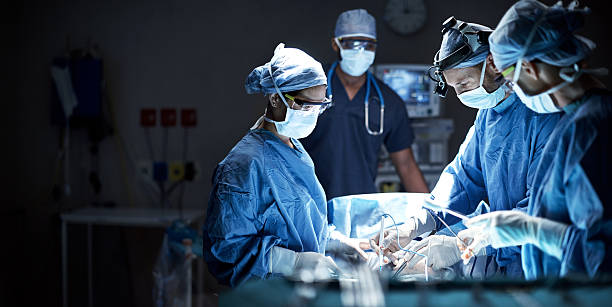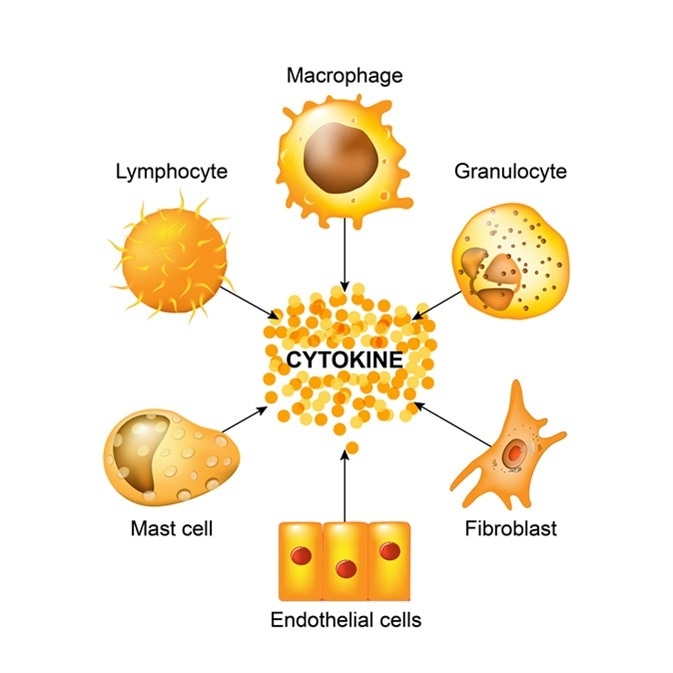
Congratulations! You have just reached the halfway point of an average human lifespan.
Now you get to experience the wonders of being a middle-aged person. Apart from having a family or potentially running your own humble business, you may be experiencing something about 30% of the world's population might be undergoing, Joint pain or Joint inflammation.

As of 2020, 66.8% of the world's population, varying from ages 30 to above 60, would have experienced severe discomfort from some form of Joint pain, whether it be Gout, Arthritis or Osteoporosis.
"Because of population growth and ageing, the number of people living with musculoskeletal conditions and associated functional limitations, is rapidly increasing."
- World Health Organization
Commonly and usually felt in the hands, feet, hips, knees, or spine, the pain of it may be constant, or it can come and go. Some describe Joint pain as it feeling stiff, achy, or sore. Some patients complain of a burning, throbbing, or “grating” sensation.

Joint pain can affect joint function and limit a person's ability to perform basic tasks. Severe joint pain can even affect the quality of life. Treatment should focus not only on the pain but also on the activities and functions involved. The joint may feel stiff, but with movement and exercise, it loosens up and feels better. Too much motion, however, can make the pain worse.
Who is more likely to experience joint pain?
Joint pain tends to affect those who:
- Have prior joint-related injuries.
- Repeated use or overuse of a muscle.
- Have developed arthritis or other chronic medical conditions.
- Suffer from poor physical and mental health.
Age is also a crucial factor in stiff and sore joints. After years of daily use, the joints would wear and tear, developing future difficulties in middle-aged or more senior adults.

There are many medications and treatments that could help people deal with and negate the pain caused by joint-related discomfort, for example, physical therapy.

Though it may seem difficult at first, with the apparent pain lingering with each activity, it is crucial for people with arthritis to move around and exercise. As it increases strength and flexibility, reduces joint pain by replenishing the lubrication to the cartilage of the joint and reduces stiffness and pain.
If the pain does not lessen with medication or physical therapy. Surgery might prove to be a long-term yet pricey option that could significantly improve the conditions of the afflicted joint. But it is only recommended for only severe cases.

In conclusion, keeping a healthy diet and preserving a habit of exercising would be enough for those with much less severe joint conditions. But those with severe cases that required surgery would be deterred by its cost and sometimes fear, which are understandable factors.
Which is where we introduce an alternate solution for your joint repair and pain-elevating needs.
Crypto PPARs effects on Joint inflammation
Peroxisome proliferator-activated receptors (PPARs) are a group of nuclear receptor proteins essential for enhancing and regulating gene expression. PPARs are critical for maintaining a robust immune system, healing, cell regeneration and rejuvenation.

PPAR involves several independent and DNA-dependent molecular and enzymatic pathways in adipose tissue, liver, and skeletal muscle. Studies show that PPARs are the most crucial protein required by our body. In addition, PPARs are also rich in anti-inflammatory properties that are effective in inflammatory diseases, which elements and data are supported by a journal listed in the National Library of Medicine.

The anti-inflammatory properties of PPARs are fundamental as it helps to suppress the production of inflammatory enzymes as cytokines. PPARs also repress the production of pro-inflammatory and angiogenic enzymes, which help to relieve swells and joint pain.

PPARs also help in self-healing and promote the repair of damaged tissues and cells. They not only help relieve the symptoms of joint inflammation naturally but also reduce recurrences after recovery. PPARs activate and strengthen body tissues for functions and promote the body's self-healing. It not only treats rheumatoid arthritis naturally but, more importantly, it minimizes the possibility of relapse after recovery. In addition, it is also very beneficial for health in other diseases and conditions.


